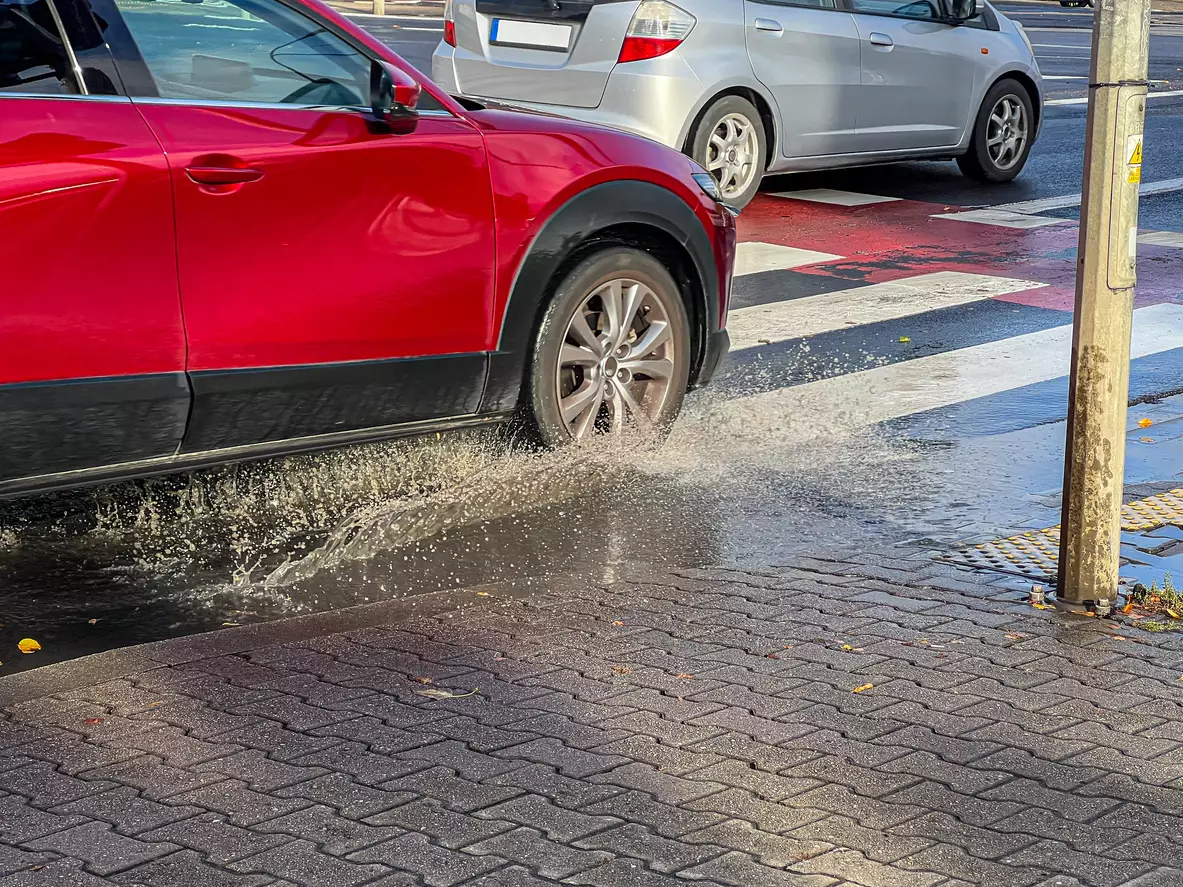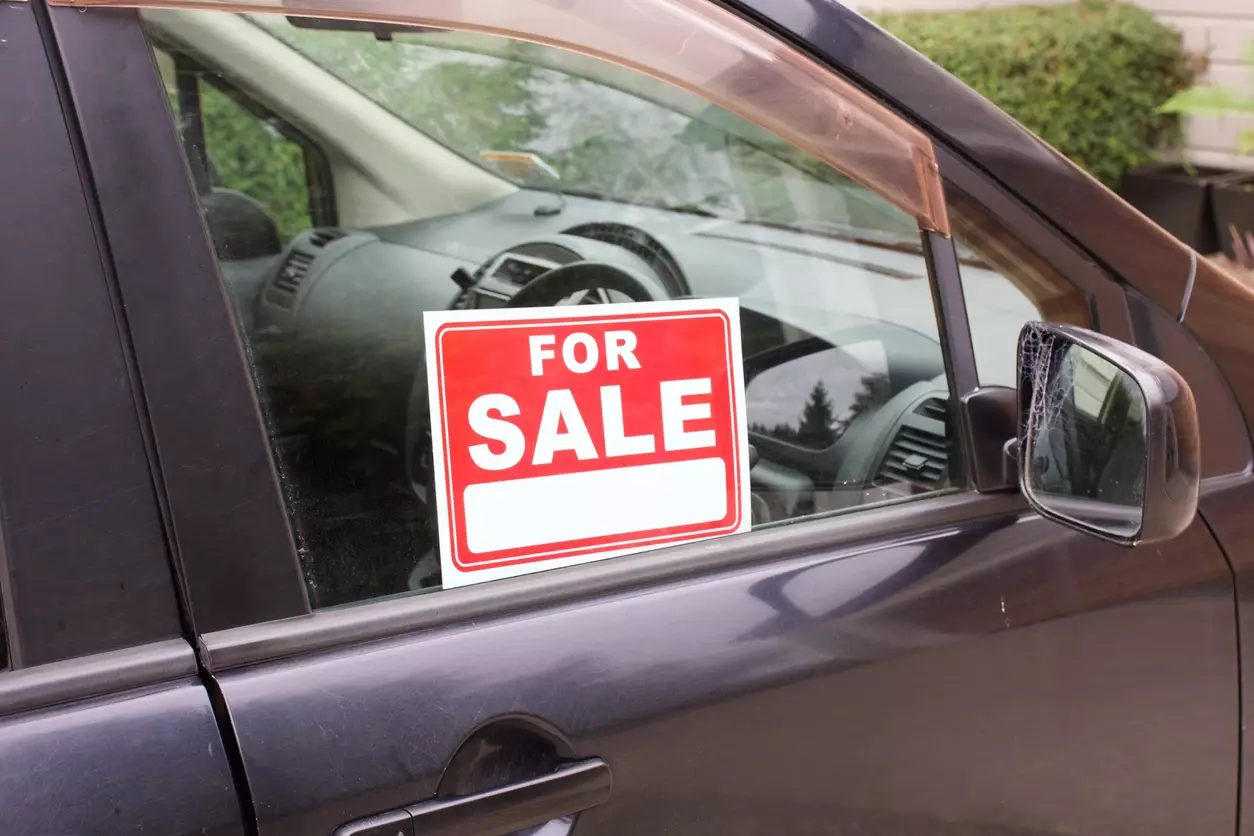A speed wobble, also called a “tank slapper” or a “death wobble,” is a sudden shaking of a motorcycle’s front wheels or handlebars that causes the rider to lose control. Speed wobbles are one of the scariest and most dangerous experiences a motorcyclist can have and often result in accidents and serious injuries, especially with riders who aren’t very skilled or experienced.
Understanding the causes of a motorcycle death wobble and how to prevent them is essential for every motorcyclist, whether you are a casual weekend rider or a bona fide enthusiast.
What Causes Speed Wobbles on a Motorcycle?
As mentioned earlier, speed wobbles are sudden, uncontrollable shakes or oscillations of a motorcycle’s front wheel or handlebars when in motion. This usually happens at high speeds (but may also happen at normal speeds) and can be caused by several factors, such as:
- Imbalanced Tires or Wheels: imbalanced wheels, improper alignment, and even unevenly worn tires can lead to vibrations that can escalate to a speed wobble motorcycle.
- Improper Suspension Settings: issues with your motorcycle’s suspension can affect its ability to absorb shocks and maintain stability.
- Aerodynamic Forces: riding against high-speed winds, improperly balanced loads, and other similar scenarios can reduce your motorcycle’s stability and result in a speed wobble.
- Overloaded Motorcycle: in addition to unbalanced loads, overloading your bike increases the chances of a speed wobble.
- Riding Technique: sudden acceleration, aggressive or jerky movements, wheelie popping, and other non-conventional riding techniques can trigger speed wobbles in motorcycles.
How To Prevent Speed Wobbles on a Motorcycle?
Regular maintenance checks and proper riding techniques are the best way to prevent motorcycle death wobbles. Here are some practical tips to help you minimize the chances of crashing out from a speed wobble motorcycle:
Maintain Proper Tire Balance and Pressure
Tires are crucial components of any motorcycle – overinflated or underinflated tires can cause uneven wear, reduce your stability, and lead to many other problems besides a speed wobble. As such, it is important to regularly check your motorcycle’s tire pressure (at least once every two weeks) and ensure it remains within the manufacturer’s recommended range.
You should also routinely inspect the tires for signs of wear or damage, replace them when necessary, and ensure that your wheels are properly aligned and balanced – this helps you avoid unnecessary vibrations when riding, especially at high speeds.
Check and Adjust Suspension Settings
Your motorcycle’s suspension system plays an important part in keeping it balanced and absorbing shocks when riding. Be sure to regularly inspect it, look for signs of wear, leaks, or damages, and get them fixed as quickly as possible.
You can also consider adjusting the motorcycle’s suspension settings to suit its weight and riding conditions – doing this helps prevent excessive shakes/oscillations which can lead to speed wobbles. It is advisable to get a professional mechanic to help you tune your bike’s suspension.
Use a Steering Damper
Steering dampers (sometimes called steering stabilizers) are devices that are designed to reduce sudden movements in a motorcycle’s handlebars. They work by “dampening” the unwanted/excess energy generated from these sudden movements, preventing them from escalating into a speed wobble motorcycle scenario.
If you frequently ride at high speeds and/or in windy environments, then you should strongly consider installing a steering damper or upgrading the one you already have.
Avoid Overloading Your Motorcycle
Overloading your motorcycle increases its instability, which in turn increases its susceptibility to speed wobbles. As such, it is essential that you evenly distribute any load you intend to carry between the front and back of the bike. Also, be sure to firmly secure this load to prevent it from shifting weight during your ride, and make sure that the total weight does not exceed the bike’s maximum load capacity (as outlined in the owner’s manual).
Optimize Aerodynamics
Aerodynamic drag can significantly impact your motorcycle’s stability. You can limit this by maintaining a proper riding posture – sitting upright with a straight back, slightly bent knees and elbows, lightly gripping the handlebars, with your feet on the foot pegs. A proper riding posture helps reduce wind resistance.
You should also secure all loose clothing, straps, or any other items that may flap in the wind. Using windshields or fairings can also streamline airflow around your bike when riding, thereby improving its overall stability and reducing the chances of a motorcycle death wobble.
Inspect and Tighten Steering Components
The importance of preventive maintenance cannot be overstated. Regularly inspecting your motorcycle’s handlebars, steering head bearings, and other components for looseness or signs of wear, and tightening or replacing worn-out parts goes a long way in ensuring smooth handling. Replacement should be done using only high-quality parts; you can consult a qualified mechanic if you are unsure about the right parts to use, how to go about replacing the worn-out ones, or any other repairs.
Practice Safe Riding Techniques

Lastly, your riding technique is one of the most critical factors in preventing a motorcycle death wobble. Avoid sudden movements, aggressive maneuvers, or riding at excessively high speeds or under unstable conditions (like heavy rains or winds). When riding, do not grip the handlebars tensely – doing this can amplify vibrations that can ultimately contribute to a motorcycle death wobble. Instead, keep a relaxed grip to allow the bike to self-correct minor oscillations.
Researching the specific make and model of your motorcycle is also a good way to learn more about its known components, replacement parts, and potential problems. VIN checks are a common option for getting more information about a motorcycle and are highly recommended when buying used bikes. Checking the motorcycle’s VIN helps you identify defects, recalls, and other issues that may impact its stability and contribute to speed wobbles.
Final Tips To Handle a Speed Wobble
Speed wobbles are a serious hazard for motorcyclists that can be prevented with proper bike maintenance, adjustments, and good riding habits. However, in situations where you do experience a speed wobble, taking the following steps can help limit the fallout:
- Maintain a firm grip on the handlebars, but avoid over-tightening your hands.
- Do not brake hard. Try to decelerate gently instead.
- Change your posture to a forward riding position.
- Avoid making sudden steering inputs and try to maintain a straight line.
- Wait for the wobble to subside, then either pull over or gradually accelerate again to continue your ride.
- If a crash appears unavoidable, it is generally advisable to jump off the bike, as long as you can land relatively safely.
















